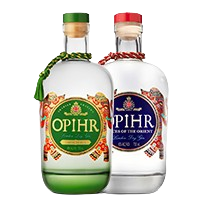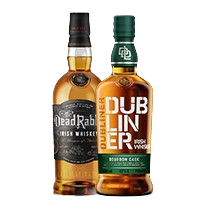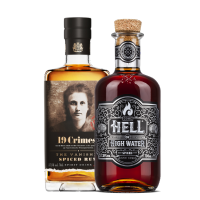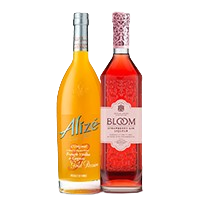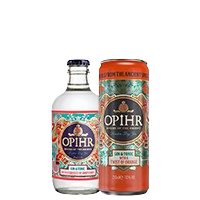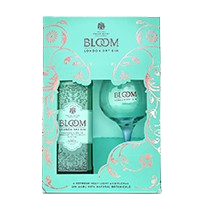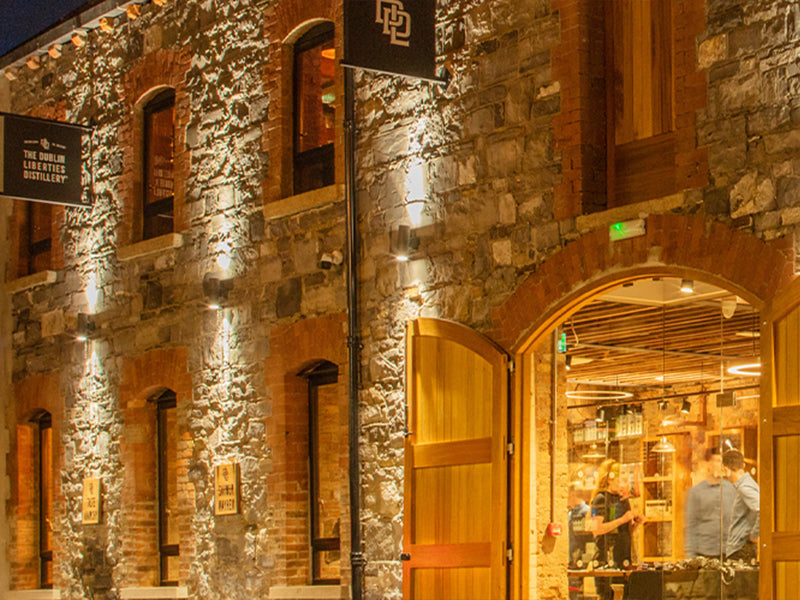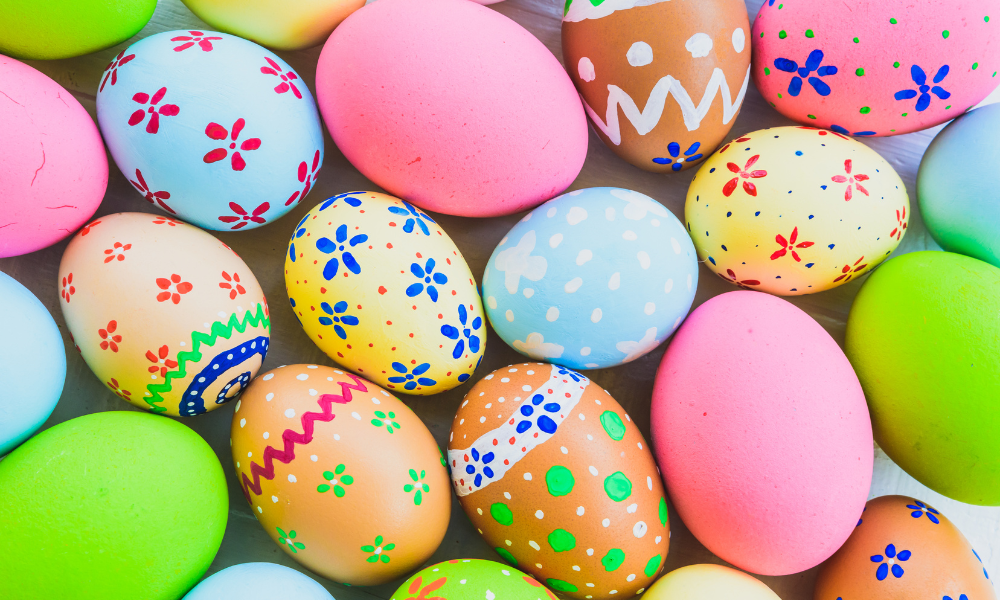The History of Irish Whiskey Distilleries.
The history of Irish whiskey is like any good Irish story. It involves 500 years of great success, followed by bitter tragedy, before a happy ever after ending that includes a 20th century renaissance. Unsurprising really that the country’s (second) most famous drink has a tale attached to it, seeing as Ireland has one of the richest folklore traditions in the world. The country has a tradition of storytelling almost as ancient as the country itself and to this day the soul of Ireland is infused with the art of spinning a good yarn.
So, where do we begin with Irish whiskey’s tale of wealth and woe?
Like all good stories, it begins with some monks in the 15th century. While some people still cling to the belief that the libation was introduced to the Emerald Isle by none other than St. Patrick himself, there is a written record in the Annals of Clonmacnoise dating back to 1405, stating “A.D. 1405. Richard Magrannell Chieftain of Moyntyreolas died at Christmas by taking a surfeit of aqua vitae”. Now, aqua vitae (as we all know) is the latin for uisce beatha, which is the Gaelic for whiskey. This date is widely taken as the first instance of whiskey production in Ireland, almost 90 years before Friar John bought his eight bolts of malt in 1494 in Scotland.
Fast forward a century or so and by the 1600s Ireland's famous water of life was gaining a stellar reputation around the globe. This was despite the English malt tax, which ironically probably helped to create Ireland’s most quintessential whiskey, the single pot still whiskey. Single pot still whiskey includes unmalted raw barley in the mash in addition to malt. This melange of malted and unmalted barley gave it a taste not dissimilar to Rye whiskey thus not only could it bypass the English tax but it gained an army of followers on both sides of the Atlantic in the mix.
By the end of the 18th century the Irish whiskey industry was thriving and had over 1,000 distilleries on its shores. Around 70% of the world’s whiskey was made in the Emerald (or should that be amber?) Isle. Two out of three bottles of London’s whiskey was Irish. Even Scotland was a great consumer of Irish.
By the 19th century, Dublin had become the centre of the industry, with all the main distilleries located in The Liberties area of the city, also dubbed The Golden Triangle. Within 100 years however, just three distilleries remained in the country, and the future of Irish whiskey was uncertain.
This fall from grace came about through a perfect storm of events. To begin with, there was the outbreak of World War I in 1918, which made exporting Irish Whiskey incredibly difficult. German U-Boats would block the ports around Ireland and thus exportation to the United States and England became dangerous and/or foolhardy. Then came prohibition across the Atlantic, Irish independence followed by the trade war with Britain in the 1930s. World War II, rationing and the fall of the British Empire would prove to be the final nails in the coffin for the industry and by the early 1960s Irish whiskey exports became almost non-existent.
It should be noted that in parallel the Scotch whisky trade at this time was booming. The quality of Scotch was steadily improving and gaining momentum Stateside, a trend which would only increase in the mid-60s once Sandy Grant Gordon - grandson of William Grant Gordon introduced single malt to the market.
Something needed to be done to stop the Irish whiskey industry from dying. So, the old adage “there is strength in unity” came into play. The three remaining distilleries put their differences aside and formed the Irish Distillers Group in 1966. They chose one brand to focus on in the hope that if they worked as a team Irish whiskey would be able to regain some of its former glory. This was no easy task; Scotch whiskey was enjoying vast success, spurred on by huge stocks and a newly acquired reputation for quality. Additionally, Scotch had become the whisky of choice Stateside and there seemed to be no changing the Americans’ minds. Despite their best efforts, by the mid-80s the Irish whiskey industry had hit rock bottom.
But all was not lost. A knight in shining armour was needed if the nigh dead industry was to be saved. This came in the form of Dr. John Teeling. In 1985 Teeling acquired the rights to a former state-owned potato alcohol distillery along with a mass of defunct Irish whiskey brands. By 1987 he had put in two column stills and had renamed the production plant Cooley Distillery. Officially fired up in 1989, this was the first new distillery in Ireland in over a century.
Things were looking up. At last craft distillers - many of whom had been operating illegally - had somewhere to go. Irish whiskey began to carve out a niche for itself as the thinking person’s whiskey. New labels started to emerge, building on Irish’s 500 year old legacy, triple distillation and exceptional smoothness.
Irish was further blessed by the roar of the Celtic Tiger. The country’s rapid economic growth in the mid 1990 and early 20th century meant that Ireland finally caught up with its prosperous EU neighbours and the economy grew at an unprecedented rate that has never before or since been equalled. Like all good fairy tales, the Irish whiskey industry had found its fairy godmother.
Today the renaissance of the Irish whiskey industry is almost complete, brought back from the brink of oblivion. The proof is in the pudding (or rather, tumbler). In 2019 Irish whisky reported a historic production peak of 12 million nine litre cases. Sales are expected to double again to 24 million nine-litre cases by 2030. Not bad for a business that was all but obsolete 30 years ago.
Irish whiskey still has a long way to go to catch up with the popularity of Scotch, particularly over the pond, but if ever there was a nation that can triumph in the face of adversity Ireland is it. But for now the Cetic Tiger has roared, the Phoenix has risen and Irish whiskey is once again at the forefront of the world’s stage.

